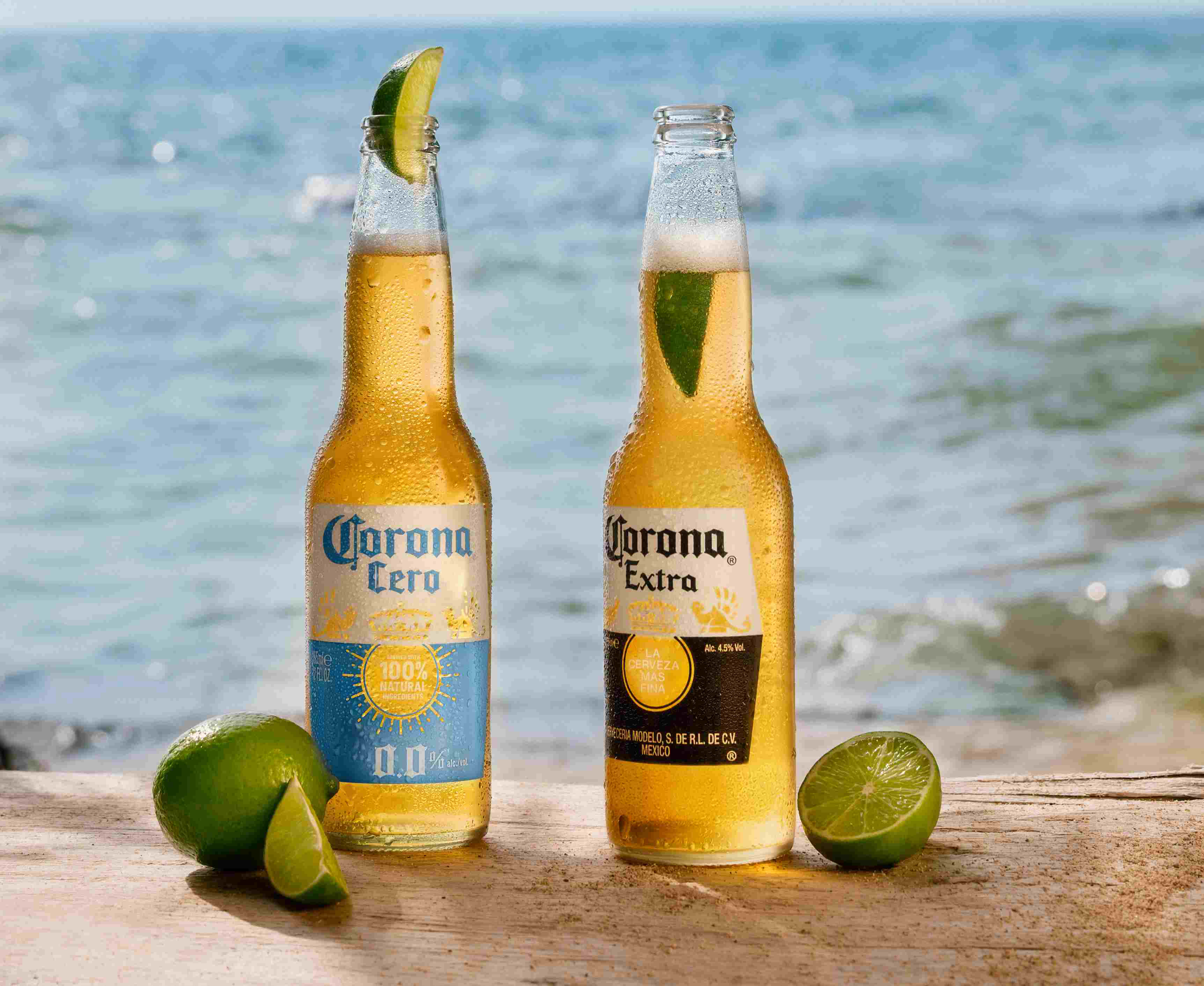Comment
Why AB InBev’s choice of brands for Olympics deal makes sense
AB InBev’s choice of brands may have raised eyebrows but it shows hard-headed commercialism, argues Richard Woodard.

Credit: @AB InBev_EU / X
As Paris prepares to host this summer’s Olympic Games, things have changed just a bit since the last time sport’s pre-eminent global event visited the French capital a century ago. Zap back in time to the Games of the VIII Olympiad and you might have been slightly surprised by some of the lifestyle choices of those taking part.
Never mind the bread and jam – or ham and eggs – offered by the Paris 1924 organisers for breakfast, elite athletes of the time, such as Harold Abrahams and Eric Liddell of Chariots of Fire fame, were entitled to half a bottle of wine for lunch and dinner – or, if they preferred, a couple of cans of beer.
These days, drinks stations for the marathon routinely stock the personalised options of each competitor – their isotonic recipes precisely formulated to enable them to hit peak performance. For the runners in 1924, there was plain water on offer – and, naturally, more wine. Hey, it’s France.
In advance of the Olympics returning to Paris this July, the International Olympic Committee (IOC) has named Anheuser-Busch InBev as its first TOP (The Olympic Partners) alcohol partner – the highest level of Olympic sponsorship. But the brand chosen by the company as the prime beneficiary of that sponsorship, outside the US at any rate, has raised a few eyebrows: no-alcohol beer Corona Cero.
AB InBev has some history when it comes to the Olympics. Between 1984 and 2016, it was a key sponsor of Team USA – but the brand chosen then was perhaps a more predictable name: Budweiser. Why the switch to Corona, and Corona Cero at that? And why, in the US where AB InBev doesn’t sell Corona (Constellation Brands does instead), did it go for Michelob Ultra as the brand vehicle?
Was picking a non-alcoholic product a pre-condition of AB InBev securing the IOC’s backing? We’ll probably never know the ins and outs of the discussions between the two, but it rather begs the question of why, in that case, Michelob Ultra was the pick for the US market. The fact that it’s a relatively low-calorie brew doesn’t change the fact that it’s 4.2% abv.
That said, from AB InBev’s point of view – and bearing in mind consumer trends of health and wellness that are driving growth of low and no, as well as products with fewer calories and lower sugar content – the association between sporting prowess and a couple of ‘better for you’ brands is pretty logical.
Corona is arguably the most dynamic brand in AB InBev’s portfolio.
Beyond that, though, the choice probably says more about the direction of travel of the beer category globally. While there are pockets of growth in Asia and elsewhere, mainstream beer is finding life difficult in many of its key global markets – and the no-alcohol segment is a much-needed bright spot at the moment.
As with all major brewers, no-alc has been a high priority for AB InBev for a number of years, as evidenced by its long-term target of having the segment account for 20% of its global volumes by 2025. In the company’s third-quarter results, no-alcohol was a clear winner, with revenues up 10%.
Corona Cero is a key part of that strategy. The brand was launched in ten European markets last year, including Belgium, France, Germany, Netherlands and the UK, and AB InBev announced last summer that it was spending €31m ($33.6m) on upgrading its non-alcoholic brewing tech in the Belgian breweries at Sint-Pieters-Leeuw, Hoegaarden and Leuven.
At the launch of the IOC partnership, AB InBev CEO Michel Doukeris described Corona as the brand “with the highest reach” and “the most global brand that we have in the company”, with availability in more than 180 countries.
It’s also arguably the most dynamic in the beer giant’s portfolio, with fiscal 2023 full-year revenues up 18.6%, and sales in Europe surging by more than 20%. Using such a brand as a poster boy for a European Olympics therefore makes a lot of sense.
Corona Cero would have been a perfect fit for the US market, too – given beer’s continued long-term declines there, partially offset by the success of low/no products and imported brands – but, of course, AB InBev has to let Constellation do the running with Corona there.
Michelob Ultra is bucking the trend of overall domestic decline of US beer.
That said, there’s a similar rationale at work with the choice of Michelob Ultra – a brand that is currently bucking the trend of overall domestic beer decline, with revenues up in the high single digits during fiscal 2023.
Whether lifestyle or responsible drinking factors played any part at all in the choice of Corona Cero and Michelob Ultra is open to question, but the main rationale behind them carrying AB InBev’s Olympic torch has far more to do with hard-headed commercialism than anything else.
The 1924 Paris Olympics were the first to make official use of the Games’ Latin motto, “citius, altius, fortius” (“faster, higher, stronger”). Since then, the focus has intensified on nations selecting, training and preparing the fittest, most talented athletes with the strongest prospects of Gold Medal success. And much the same reasoning underpins AB InBev’s Olympic strategy, too.